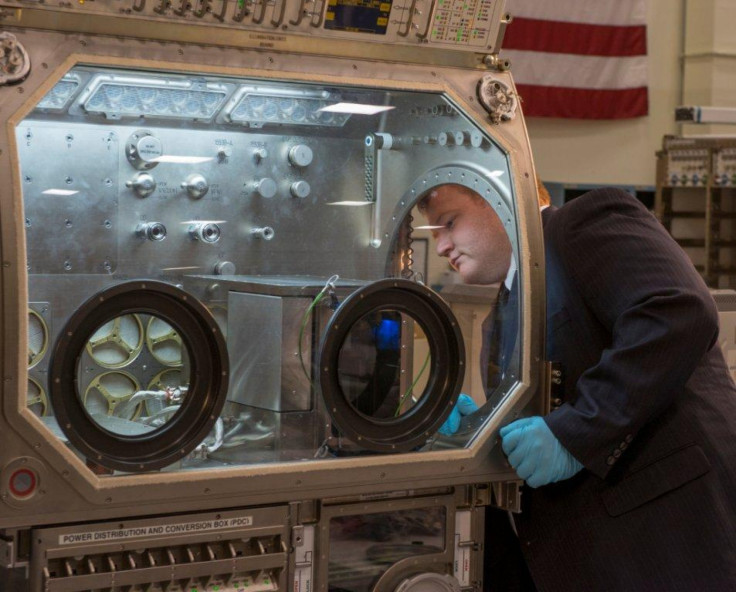NASA Moves Forward With Its Plans To Send A 3D Printer Into Space By 2014

NASA is moving forward with its plans to send a 3D printer into space by fall 2014. With its arrival at the International Space Station, the printer would be used to create, or replace, tools and other parts, helping to reduce any downtime while aiding in research experiments conducted by astronauts.
The space agency announced its partnership with Made in Space, founded in 2010, earlier in the year and has spent the last few months testing the new 3D printers, reports the Associated Press. Made in Space was tasked with designing a printer that would work in space and withstand tremendous force and pressure from launches.
Aaron Kemmer, CEO of Made in Space, speaking to AP, described a life-or-death scenario where a 3D printer could create the tools necessary for survival, removing any doubt that the available equipment was already on the ISS. A real-life correlation, the Apollo 13 mission, further emphasizes the need for quick repairs in an emergency.
Apollo 13’s oxygen tank ruptured causing damage to the service module forcing the crew to abandon their mission and return to Earth. Unable to remove carbon dioxide from the craft, the astronauts had to improvise their own filter, using duct tape, a manual cover and a plastic bag, reports AP. A 3D printer could have created a filter, or the parts needed for the filter, reducing the danger faced by the astronauts.
Made in Space has been testing 3D printers in NASA’s reduced gravity aircraft and will continue to conduct prelaunch tests, reports AP, but the company showed off its progress last week and displayed printed wrenches, tools and other components. In August, the Engineering Test Unit, ETU, printer passed a series of microgravity tests, certifying the printer would survive a launch and function in microgravity. A flight-ready model of the 3D printer will undergo the same Critical Design Review, CDR, in order to achieve flight certification.
NASA is actively pursuing new construction methods, including fabricating food, as it attempts to reduce the cost of space missions. As part of the NASA’s 2013 class of Innovative Advanced Technology Concepts, NIAC, Tethers Unlimited will continue to explore its SpiderFab technology to create small satellites and antennas in space.
In the future, 3D printers could be developed to become more efficient as resources in space are limited. Made in Space, and other manufacturers, could develop a printer that could recycle old parts or create parts necessary for self-repair, notes AP.
© Copyright IBTimes 2024. All rights reserved.






















